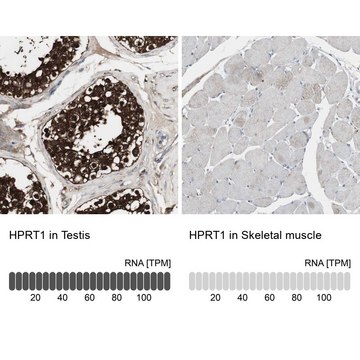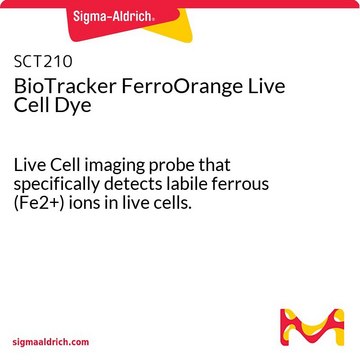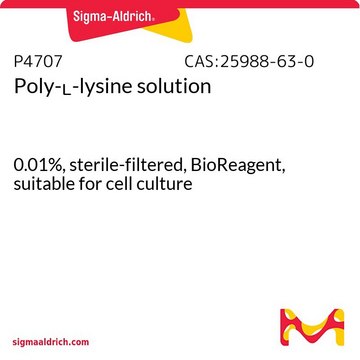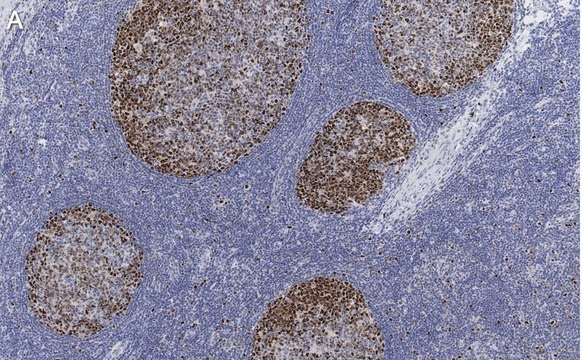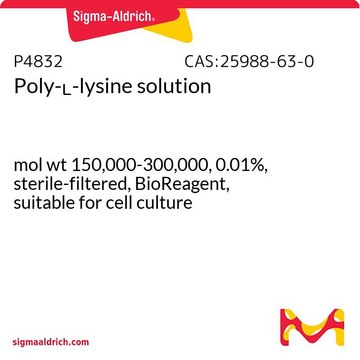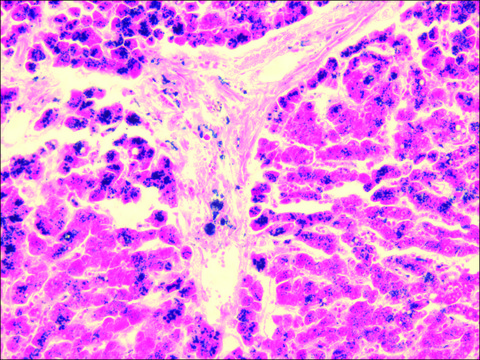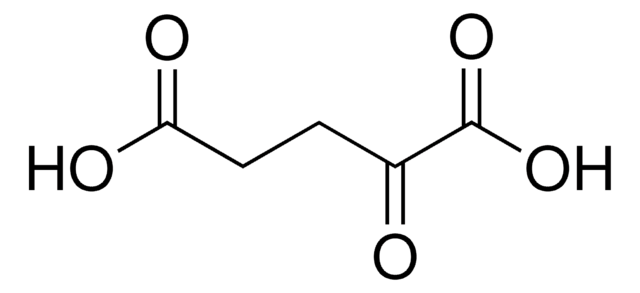MAB1569
Anti-Microglia Antibody, clone 25F9
clone 25F9, Chemicon®, from mouse
Synonym(s):
Macrophages, Late State Inflammatory
About This Item
Recommended Products
biological source
mouse
Quality Level
antibody form
purified immunoglobulin
antibody product type
primary antibodies
clone
25F9, monoclonal
species reactivity
human
manufacturer/tradename
Chemicon®
technique(s)
flow cytometry: suitable
immunocytochemistry: suitable
immunohistochemistry: suitable
isotype
IgG1
shipped in
wet ice
target post-translational modification
unmodified
General description
Isolated cells: Absent on freshly isolated monocytes and other blood cells; present on 40-50% of human monocytes after 6-7 day culture, also positive on some melanoma and carcinoma cell lines. Tissue sections: Kupffer cells, histiocytes (skin), macrophages of the thymus, in the germinal centers of lymph nodes and spleen, in mamma carcinoma, melanoma, osteocarcinoma and gastric cancer; excema, sarcoidosis, BCG granuloma; synovial lining cells, tuberculoid leprosy; no expression in lepramatous leprosy.
Specificity
Antigen distribution: absent from freshly isolated monocytes and other blood cells; present on 40-50% of human monocytes after 6-7 days in culture, also positive on some melanoma and carcinoma lines. In tissue sections, clone identifies Kupffer cells, histiocytes (skin), macrophages of the thymus, in te germinal centers of lymph nodes and spleen, in mamma carcinoma, melanoma, osteocarcinoma and gastric cancer; excema, sarcoidosis, BCG granuloma;synovial lining cells, tuberculoid leprosy, however no expression in lepramatous leprosy.
Species reactivity is seen in human, rhesus monkey, and pig, other species not tested.
Application
Immunocytochemistry
Optimal working dilutions must be determined by the end user.
Physical form
Storage and Stability
Legal Information
Not finding the right product?
Try our Product Selector Tool.
Signal Word
Warning
Hazard Statements
Precautionary Statements
Hazard Classifications
Acute Tox. 4 Dermal - Acute Tox. 4 Inhalation - Aquatic Chronic 3
Storage Class Code
11 - Combustible Solids
WGK
WGK 3
Certificates of Analysis (COA)
Search for Certificates of Analysis (COA) by entering the products Lot/Batch Number. Lot and Batch Numbers can be found on a product’s label following the words ‘Lot’ or ‘Batch’.
Already Own This Product?
Find documentation for the products that you have recently purchased in the Document Library.
Our team of scientists has experience in all areas of research including Life Science, Material Science, Chemical Synthesis, Chromatography, Analytical and many others.
Contact Technical Service